#Edible Forest Gardens
Text
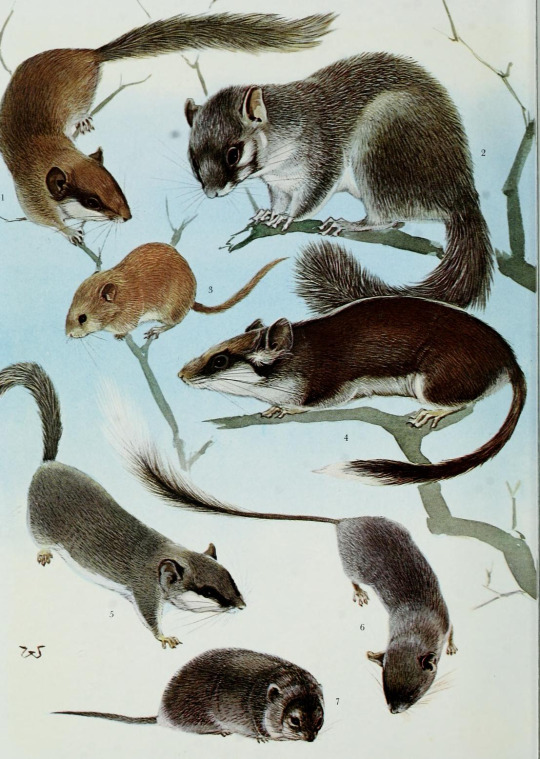
Grzimek's Animal Life Encyclopedia, vol. 11, Mammals II. 1972.
1.) Forest dormouse (Dryomys nitedula)
2.) European edible dormouse (Glis glis)
3.) Common dormouse (Muscardinus avellanarius)
4.) Garden dormouse (Eliomys quercinus)
5.) Woodland dormouse (Graphiurus murinus)
6.) Chinese pygmy dormouse (Typhlomys cinereus)
7.) Desert dormouse (Selevinia betpakdalaensis)
#rodents#dormice#forest dormice#european edible dormice#common dormice#garden dormice#woodland dormice#chinese pygmy dormice#desert dormice
197 notes
·
View notes
Text
Nature Journaling Club Page: Tomato

View On WordPress
#2023#activity#appreciation#art#creativity#drawing#earth#edible#food#forest#forest school#garden#learning#mother earth#nature journal#nature journal club#nature walk#outdoors#tomato#vegetables#wild#wild learning
3 notes
·
View notes
Text

Love
#plants#garden#green#nature#trees#gardening#horticulture#urban gardening#edible gardening#flowers#green nature#forest#vegetable gardening#sunlight#tulips#greenery
3 notes
·
View notes
Text
Garden Report & Frugal Living 23.08.05
I’m moving slower than a slug in a dried out summer garden. I water the potted plants and expect the rest to carry on.
The elderberry bushes are now in full bloom and the Autumn weather has set in. This afternoon I heard the little Executioner of Summer sit outside my window singing his sad song. The trees are definitely putting forth their Autumn attire in reds and yellows. So glancing back to the elderberry -- it will be a blossom harvest because there will not be enough time for the berries to mature and ripen. It has been a chillier Summer, even the hops that grow like rambunctious weeds were feign to put forth flowers; they just twindle and twine about without purpose.
The fruit trees have put on so much green new growth it is hard to see the fruit if there is any. A good Summer trim would be in order if I could drag a ladder about to mount and wack at them. Maybe tomorrow I can beg someone to do that for me.
Tomorrow I have decided I am going to pull the garlic in a ‘ready or not’ maneuver. I need to build up and amend the bed. I also still need to make a second harvest from the potato barrel. Did I tell you the peas are just starting to come up in the pots and some ravenous night marauder is mowing down the leek seedlings?
The blackberries are making a race to ripen. I’m not sure that they will make it with any sugar content due to the cold and eternal fog. I won’t write them off yet but keeping one eye on their progress since so many of them are still blooming!
In the pantry notes: I have found that frozen blueberries dehydrate faster than fresh. My thoughts are the skin of fruits and veg are there to protect the seed esp from dehydration BUT when they are frozen, it changes the structure of the cells/breaks down the fruit/veg which makes it less drying time. I’m trying out my theory on frozen carrots that came in a big lot at a price half that of fresh. I’m sure I am reinventing the wheel here and experts have written about this, published and have made money on sharing this info but for you dear friends, you get to suffer through my benign ramblings all for the simple low price of a few eye rolls, perhaps a giggle and your blessed time. What a bargain!
The hens are confused at our dusk and dawn rampaging, the neighbors are quiet while we battle the skunks wanting to nest under our house. So far, they the skunks) are winning imo. I have a lovely food forest habitat surrounding the house that sits on post and piers. Yes gentle folk, it is the ammonia bomb season since I have gotten tired of shaking black pepper on everything everyday and doing big thumping loads of laundry at midnight. Doing some ‘bombing’ and buckets of water through the hedges will hopefully dislodge them (yes, there is 2). I had a pair of garden gawkers arguing about the fire-of-eden so loudly I had to stick my head out the front door and inform them they were not far from the nesting skunk *snff*sniff*big eyes* whereas one of them informed me she likes the skunks because they eat rats. Obviously this dear woman hasn’t chickens to protect nor a skunk spray under her bedroom in the middle of the night. But with that parting comment, they (the gawkers) left hurry-scurry ... and without the skunk! WAIT! Take the skunk with you since you love them! Please! Its free! Take it home with you!! Wait ... OoooOOo *big sigh of defeat*
Here’s hoping your days are skunkless and your Summer full of delicious Bounty!
#catholic gardener#garden#food forest#permaculture#edible landscaping#urban homestead#hens#chickens#garden gawkers#dehyrator#winter pantry#kitchen science#skunks#pest#garden prep for winter#flowers
3 notes
·
View notes
Text
I'm literally a mountain man. like my childhood dream come true.
#i LIVE on a mountain#in the middle of ghe forest in the middle of nowhere#i use big machinery all the time#and cut down trees and chop wood#and eradicate invasive species#and collect mushrooms and other medicinal and edible stuff#and have sheep#and soon chicken and quail and llama and a donkey and more sheep#i have a cool ass big garden#ugh#bless up
4 notes
·
View notes
Text
youtube
You don't always need a farm to grow your own food. Edible landscapes and food forests can be grown and enjoyed right in your own backyard. With a little knowledge, trial and error, and continued practice, you can learn to grow all sorts of wonderful fruits and vegetables even in the middle of the suburbs.
Start growing your own food forest with a pack of heirloom seeds: https://amzn.to/3HSnT7z
Watch more from Justin: / herballyfstyl
Don't forget to LIKE, COMMENT, SUBSCRIBE, & SHARE!
BEHIND THE SCENES: https://www.patreon.com/PARAGRAPHIC
PRODUCTS & SERVICES: https://paragraphic.io/
AMAZON STOREFRONT: https://www.amazon.com/shop/paragraphic
BOKEH SUPPLEMENTS: https://bokehrola.com/
JOIN THE MULTITUDE: https://www.multitude.io
FOLLOW US @theparagraphic https://www.instagram.com/theparagrap...
LEARN MORE AT https://theparagraphic.com/
What is a food forest?
A food forest is an edible landscape that is modeled after a natural forest ecosystem.
A food forest is an excellent way to produce a large quantity of food with minimal effort. Once established, a food forest will require little to no maintenance and will provide an abundance of fresh fruits, nuts, and vegetables throughout the growing season.
A food forest can be created on any size piece of land, from a small urban backyard to a large rural property. The key to success is to design and plant the food forest in such a way that mimics the structure and function of a natural forest ecosystem.
The benefits of establishing a food forest are many. In addition to providing an abundance of fresh, healthy food, a well-designed food forest can help to improve soil quality, increase biodiversity, and provide habitat for wildlife.
Where can you grow a food forest?
A food forest can be grown in any backyard, regardless of size. The key to success is starting with a plan and design that takes into account the specific conditions of your yard.
The first step is to perform a site analysis, which will help you understand the microclimates, sunlight, soil type and drainage in your yard. With this information, you can select the right plants for your food forest.
Once you have a plan, the next step is to prepare the soil. This may involve adding amendments to improve drainage or adjusting the pH level. Then, it's time to start planting!
When selecting plants for your food forest, consider both annual and perennial crops. Annuals will provide a quick harvest, while perennials will provide a longer-term food source. Be sure to include a mix of fruits, vegetables, nuts and herbs in your planting scheme.
As your food forest grows, it's important to keep an eye on weeds and pests. Hand-pulling or using mulch can help control these problems naturally. With a little care and attention, your backyard food forest will thrive!
Assuming you have the space, there's nothing more gratifying than growing your own food. And, while a traditional vegetable garden has its merits, why not go big and plan for a food forest? With a little bit of planning (and some hard work), you can create a backyard oasis that will provide you with an abundance of fresh fruits and vegetables for years to come.
Here are a few tips to get you started:
1. Choose the right location. Make sure you pick a spot that gets plenty of sunlight and has well-drained soil.
2. Select a variety of plants. When it comes to fruit and vegetables, the more the merrier! Plant everything from berries and grapes to tomatoes and potatoes.
3. Give them room to grow. Remember, most fruits and vegetables need room to spread out so don't plant them too close together.
4. Be patient! It takes time for a food forest to reach its full potential but it will be worth the wait!
Growing your own fruit and nuts can save you money at the grocery store, and it’s a great way to get outdoors and enjoy some fresh air while you’re tending to your garden. Food forests can also provide habitat for wildlife, and can help to purify the air and water in urban areas.
• • • • • • • •
ABOUT PARAGRAPHIC:
Handcrafted documentaries featuring artisans of all trades. We are filmmakers who tell the stories of creators, makers, entrepreneurs, and artists. The ones who have committed everything to their craft. From garage bakeries and mushroom farms to backyard aquaponics and innovative fabricators, these stories will take you behind the brand and show an inside look at the people who make it happen.
-Of the earth, from the plough
#foodforest #ediblelandscape #garden
#PARAGRAPHIC#solarpunk#food forest#garden#gardening#food#plants#edible landscaping#urban gardening#food not lawns#grow food#Youtube
3 notes
·
View notes
Text
Our Food Forest Startup
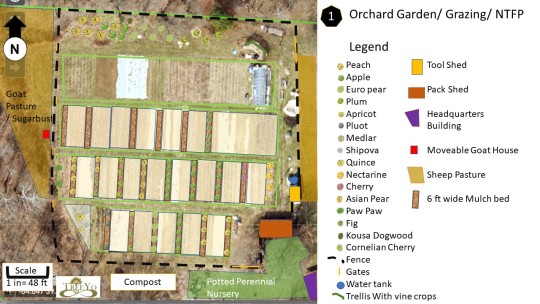
View On WordPress
#agroforestry#alley cropping#chicken tractor#Edible Landscaping#field nursery#food forests#mulching#orchard gardens#organic farming#Permaculture#TreeYo Permaculture
4 notes
·
View notes
Text
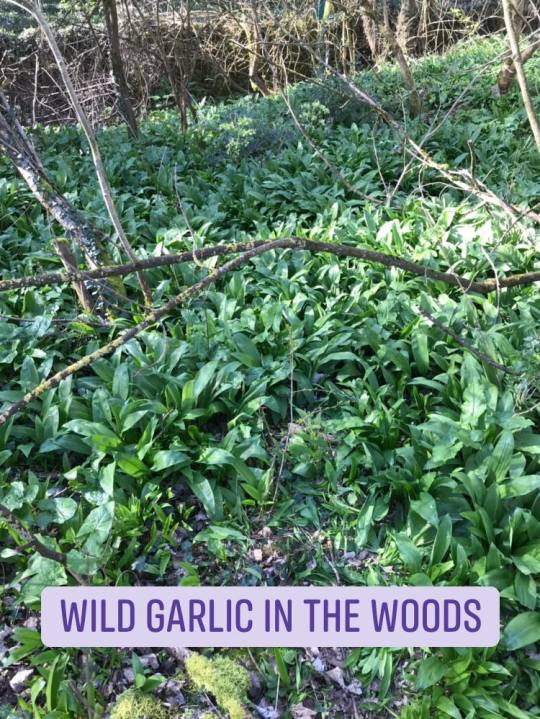
Fancy a go at foraging? Now is the perfect time to find delicious Wild Garlic or Ransom (Allium ursinum) carpeting forest floors of ancient woodlands all over Europe. The leaves are spear shaped and bright green. If in doubt, check the smell before consuming since there are several other wild plants that could be mistaken for Wild Garlic, like Lily of the Valley and Cuckoo Pint. The leaves are excellent lightly sautéed and added to pasta dishes, baked goods, egg dishes, and salads.
Since the Stone Age, Europeans have foraged Ramsoms for culinary and medicinal use. Remains of the leaves and pollen from the flowers show up in archeological sites in Europe. Much like domesticated garlic (Allium sativum), this plant has antibacterial and antiviral properties. In the olden days, the leaves were used to prevent infection in wounds. The plant is also reportedly high in magnesium, which can help with managing stress and maintaining a healthy circulatory system. Several traditional cheeses across Europe use Wild Garlic as a key ingredient for their distinctive taste.
#wild garlic#katia plant scientist#plant science#plant scientist#plant biology#jewellery#plants#garden#edible plants#foraging#garlic#grow your own food#wildflowers#wild plants#naturecore#forestcore#trees and forests#cottagecore#forest#woodland#woods
18 notes
·
View notes
Text
What you can do for the Food Forest and what it can do for you
What you can do for the Food Forest and what it can do for you
Since late 2016, the Food Forest has been a fruitful staple of New College’s eclectic campus. The Forest resides at the Caples campus, which is about a 10-15 minute walk from the residential side of campus. It was first planted by the Council of Green Affairs (CGA) in efforts to increase student engagement with the Caples side of New College, as well as provide a way to interact with the unique…

View On WordPress
2 notes
·
View notes
Text
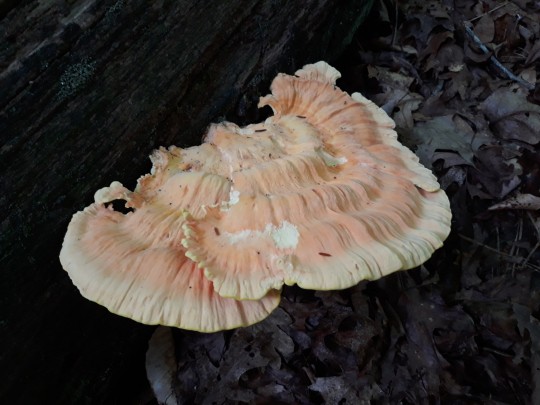
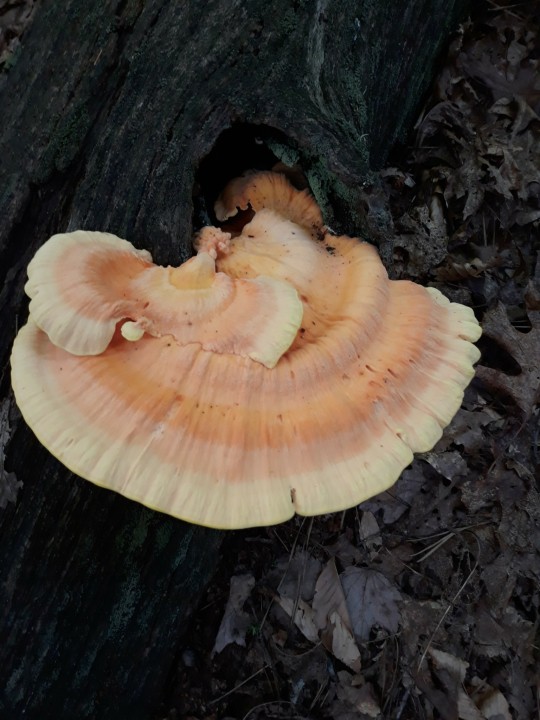
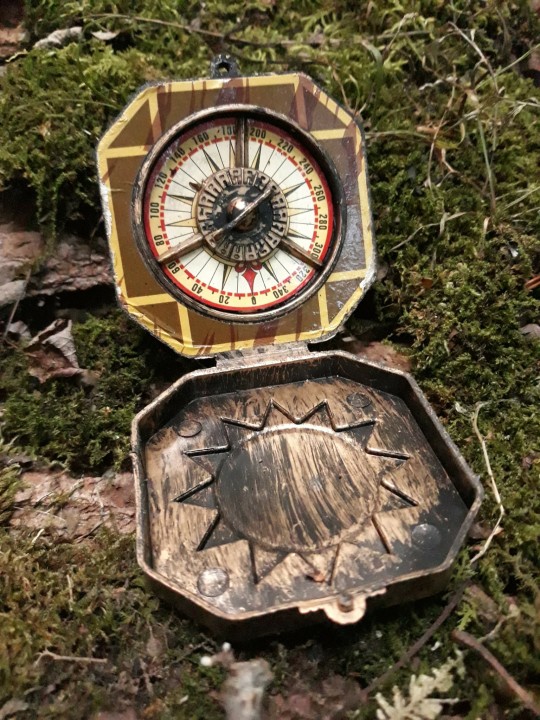

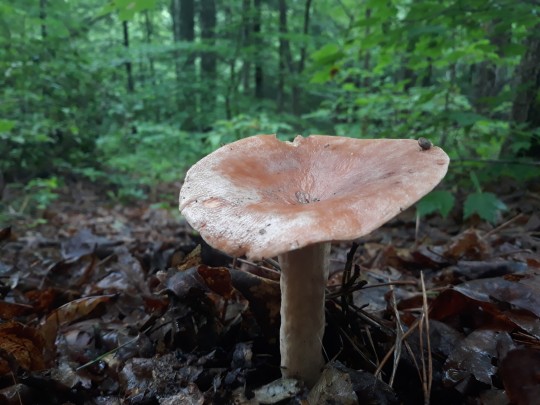

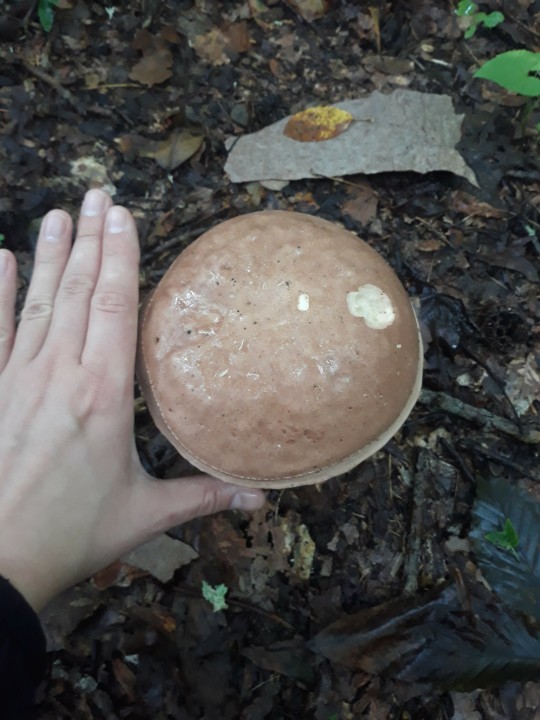

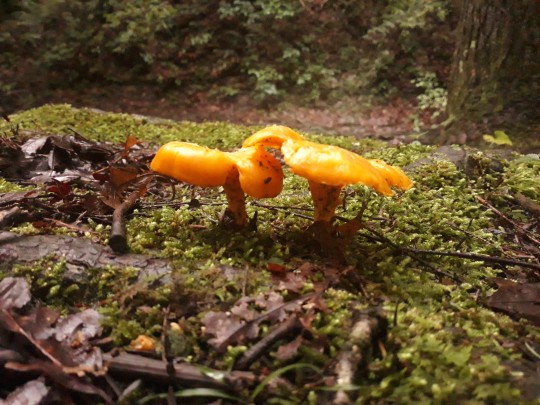
Thursday, July 28, 2022
Vegans Living Off the Land: Summer wanderings (Hiking, biking, & Mushroom Finds)
#appalachia#gardening#garden#countrycore#food forest#kentucky#moodboard#forest edge#enchanted forest#dark forest#mushroom hunting#wild mushrooms#edible mushrooms#fairy garden#compass#adventure#nature walk#woods#blog post
6 notes
·
View notes
Text
What I was taught growing up: Wild edible plants and animals were just so naturally abundant that the indigenous people of my area, namely western Washington state, didn't have to develop agriculture and could just easily forage/hunt for all their needs.
The first pebble in what would become a landslide: Native peoples practiced intentional fire, which kept the trees from growing over the camas praire.
The next: PNW native peoples intentionally planted and cultivated forest gardens, and we can still see the increase in biodiversity where these gardens were today.
The next: We have an oak prairie savanna ecosystem that was intentionally maintained via intentional fire (which they were banned from doing for like, 100 years and we're just now starting to do again), and this ecosystem is disappearing as Douglas firs spread, invasive species take over, and land is turned into European-style agricultural systems.
The Land Slide: Actually, the native peoples had a complex agricultural and food processing system that allowed them to meet all their needs throughout the year, including storing food for the long, wet, dark winter. They collected a wide variety of plant foods (along with the salmon, deer, and other animals they hunted), from seaweeds to roots to berries, and they also managed these food systems via not only burning, but pruning, weeding, planting, digging/tilling, selectively harvesting root crops so that smaller ones were left behind to grow and the biggest were left to reseed, and careful harvesting at particular times for each species that both ensured their perennial (!) crops would continue thriving and that harvest occurred at the best time for the best quality food. American settlers were willfully ignorant of the complex agricultural system, because being thus allowed them to claim the land wasn't being used. Native peoples were actively managing the ecosystem to produce their food, in a sustainable manner that increased biodiversity, thus benefiting not only themselves but other species as well.
So that's cool. If you want to read more, I suggest "Ancient Pathways, Ancestral Knowledge: Ethnobotany and Ecological Wisdom of Indigenous Peoples of Northwestern North America" by Nancy J. Turner
31K notes
·
View notes
Text
Garden Update March 2024
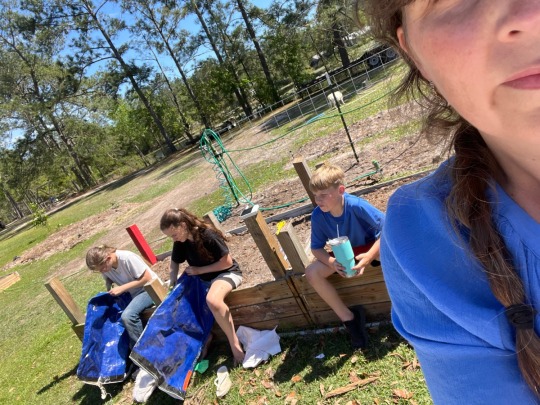
View On WordPress
#edible plants#food#food forest#garden#Kids#Life#permaculture#plans#plants#raised beds#survival#victory garden
0 notes
Text
Just read a perfectly fine fanfiction that took place in Germany but something that stood out to me was a chapter where the characters walk across a field and is approached by the farmer yelling at them to get off his land.
I’ve come across this plot point a few times and I feel like it’s worth telling writers that most of Europe has some version of Right To Roam. The laws aren’t the same in every country but generally you’re allowed to walk and rest on private property like fields and forests so long as you don’t destroy crops or leave trash, but not gardens or fenced in areas. Depending on the country you also have the right to pick mushrooms, berries, nuts and other edible things in forests but without chopping trees down or breaking branches. The owner of the land might put up a sign asking you to follow certain guidelines like no horses or keeping your dog on a leash but but there’s no real repercussions to not following the rules besides the owner eventually fencing the area off so people can’t enjoy it anymore.
I’ve personally walked around on a field while the farmer was harvesting potatoes with his big ass machine and collected the leftovers while my dog was trotting calmly besides me and he looked straight at me and didn’t care one bit because Denmark also has an old tradition of letting people collect what’s left as a form of charity (for my fellow Danes, that’s what “rev vi marken let, det er gammel ret, fuglen og den fattige skal også være mæt” means in the song Marken Er Mejet) This is just a tradition and not a law however so it depends on the farmer.
The very north of Europe like Norway and Sweden even give people the right to put up tents and camp on other people’s private land (except gardens and such). Again, the laws vary from country to country but as a rule of thumb you have more right to roam the further north you go and less the further south but if you want to write in a specific country look up the laws there.
30K notes
·
View notes
Photo
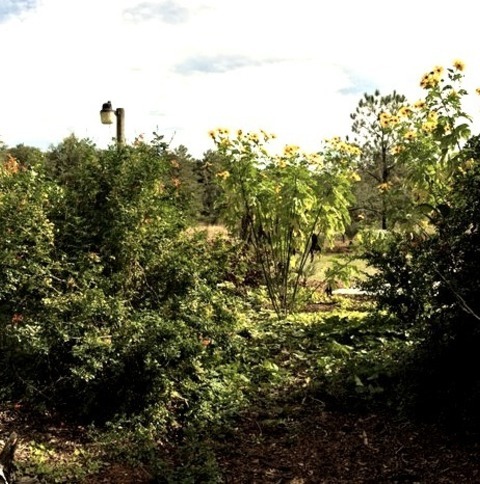
Landscape - Mulch
Image of a large farmhouse with a vegetable garden in full sun and mulch in the fall.
0 notes
Text
In contrast, if you live near a forest and look out your window, the plant species that you see will tend to be trees and shrubs, most of whose body you cannot eat and which put much less of their energy into edible seeds.
"Guns, Germs and Steel: A Short History of Everybody for the Last 13,000 Years" - Jared Diamond
0 notes
Text
I met a quiet old man while browsing the plant books and accessories at the trading post this spring who asked what I was looking for. Most white people came to look at the jewelry and the expensive woolen blankets, so I guess it was a little unusual how closely I was examining all of the books on plants.
I held up a deck of native plant playing cards and said I was a forager, looking for more guides on local plants. He nodded thoughtfully and said there was a lot of medicine in wild plants. I smiled awkwardly, not sure why he was talking to me. But I reciprocated: "What are you looking for?"
He said he wasn't sure. He pointed to a few books on flowers, not necessarily edible vegetables. "They're beautiful," he said unsurely.
I nodded to encourage him. "Plants aren't just for eating, they're for appreciating too. We need beauty and nutrition."
Now he smiled, mostly hidden by his mustache, and told me he had a community garden plot he had tended for the past thirty years. Wow, what dedication.
Abruptly he says he has one year to live. He's at the trading post to find parting gifts for his son and grandchildren. He says this all very calmly, he's clearly been preparing for some time. And I stare at him because he seems so well and I've just met him. The idea of him dead is disturbing and shameful.
"Oh," is all I can say.
"I think this year I'll fill it with flowers."
He says it so warmly. I remember he was talking about his beloved community garden patch. I'm filled with heaviness and disbelief that he is soon dying and here wasting time talking to some random about growing flowers. But I manage to stammer something.
"It can't all be vegetables. Soft and beautiful things are important too. Especially in hard times."
Now he fully turns to smile at me. Again in my shock I think he's too content. Shouldn't he be raging? Crying, screaming, anything? But his mustache is white, he mentioned an adult son and grandkids, he seems well enough now and reasonably confident in his plan for a full season of flower gardening. Rapid-fire I conclude he's already done all of this and doesn't need it from me. Right now he's just discussing how important and sacred plants are with a likeminded young stranger.
He finally says, "Flowers are a soft landing after a long battle."
I choke out some kind of agreement so I don't accidentally cry. I wish him some kind of luck and awkwardly crabwalk away. I'm not really the king of social interaction even when its not emotionally loaded.
I bought my cards and books on vegetables and looked at the lone few on flowers he had been perusing. I'm in my twenties and don't plan on dying anytime soon, but how much time do I spend being as fast, efficient, and artless as possible in order to "survive" when that survival is never even in question. I have anxiety, I have ptsd, I'm an activist. All necessary and inescapable works of life. But this man had a season to live, death certain, and wanted to spend it growing flowers.
I went back to the register with a small book on flowers. When I'm hunting a forest to learn the native vegetables, I no longer ignore the blooms. If the battle is long, I want to grow flowers too.
1K notes
·
View notes